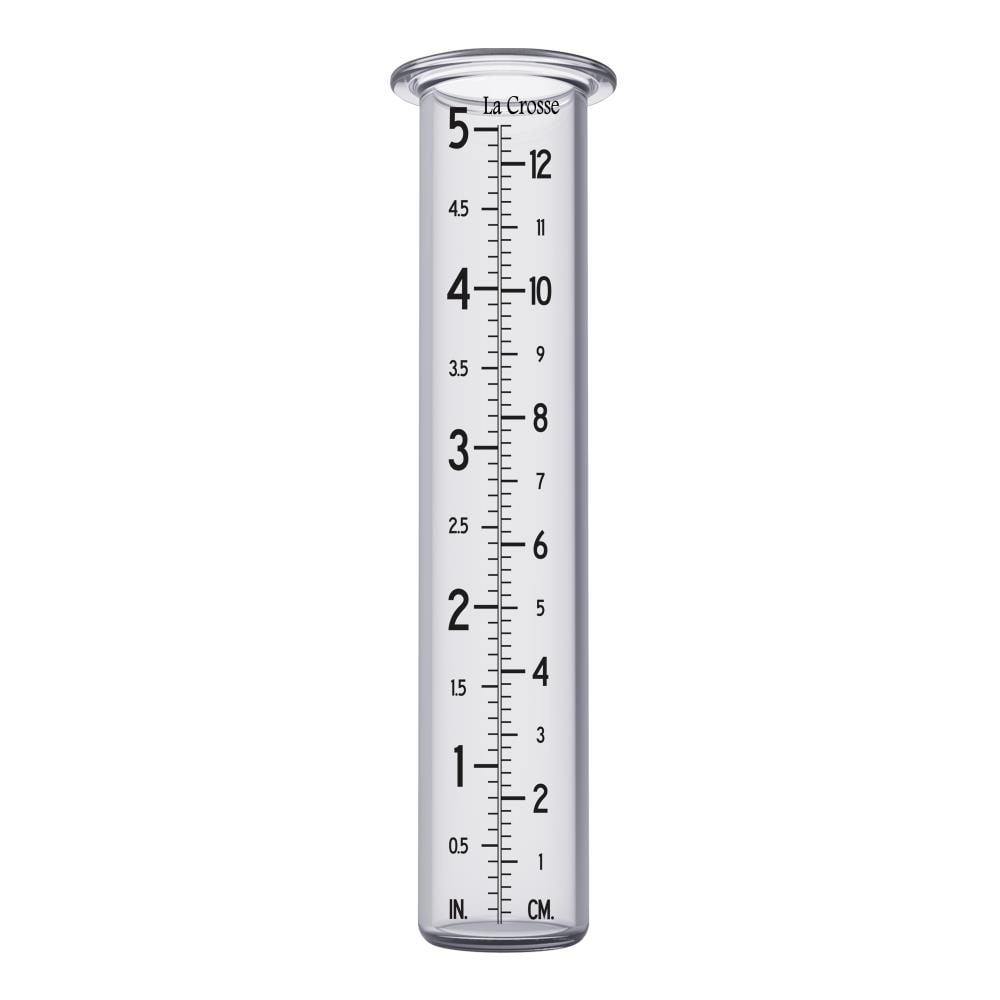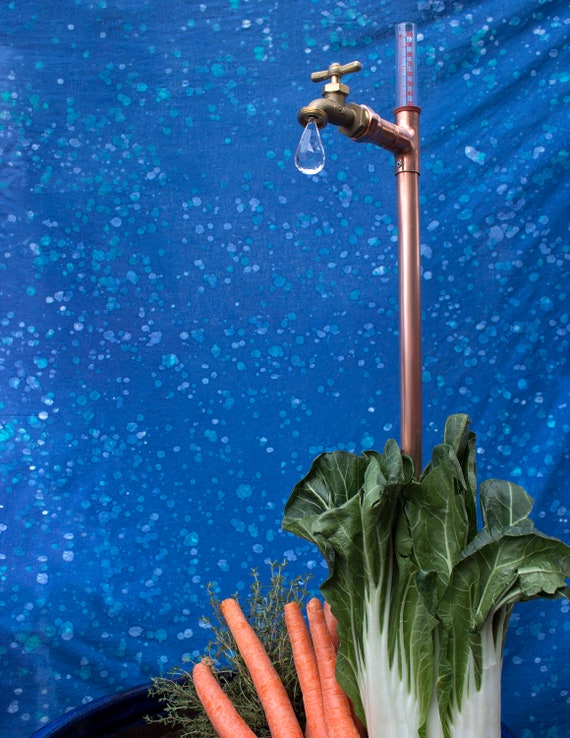The Rain Gauge: Important Info and Ideal Practices for Weather Lovers
Wiki Article
How to Choose the Right Rain Gauge for Accurate Rainfall Data
To obtain reputable dimensions, it is essential to select the ideal rainfall gauge. Taking into consideration aspects such as place, kind, and precision of the rainfall gauge will certainly assist ensure specific data collection. In addition, comprehending the upkeep and calibration procedures will certainly contribute to the durability and reliability of your rainfall gauge.Value of Selecting the Right Rainfall Gauge
The value of selecting the ideal rain scale hinges on acquiring trusted and accurate rains information for accurate meteorological evaluation. Rainfall data is critical for a variety of applications, consisting of weather projecting, hydrological modeling, and climate study. Undependable or incorrect data can lead to incorrect final thoughts and flawed decision-making processes.
Secondly, the precision and precision of the rainfall gauge are extremely important. The scale ought to be able to measure rains with high precision, capturing also tiny quantities of precipitation properly.
Moreover, the place and installation of the rainfall scale are vital considerations. It should be positioned in an open location, away from obstructions that can impact rainfall dimensions. The gauge should be placed at an ideal elevation and angle to stay clear of spilling and make certain proper catchment of rainwater.
Factors to Take Into Consideration When Selecting a Rain Gauge
When selecting a rain gauge, there are numerous key variables to take into consideration. These aspects can greatly affect the accuracy and dependability of the rains data gathered. The initial factor to think about is the kind of rain gauge. There are different kinds readily available, including common rain evaluates, tipping bucket rainfall determines, and weighing rain assesses. Each kind has its very own benefits and disadvantages, so it is necessary to pick one that best fits your certain needs and requirements.Another element to consider is the product of the rainfall scale. Rainfall evaluates can be constructed from different products, such as glass, metal, or plastic. The material picked ought to be long lasting and immune to climate condition, making sure that the rainfall gauge will certainly hold up against the elements and give accurate measurements gradually.
Precision is likewise a vital variable to take into consideration. Look for rain evaluates that have actually been calibrated and examined for precision. Attributes such as anti-splash rings and funnels can also enhance the accuracy of the measurements.

Lastly, consider the environment and environment in which the rainfall scale will be made use of. Different rainfall gauges appropriate for different environments, so it is essential to pick one that is proper for the problems in your area.
Various Kinds of Rain Assesses Offered
To further check out the variables to consider when picking a rain gauge, it is crucial to understand the various types of rain evaluates offered. The most common type is the conventional rainfall gauge, additionally recognized as the cylindrical rain gauge.An additional kind of rainfall gauge is the tipping bucket rain scale. As the rainfall drops right into the scale, it loads up one side of the pail, triggering it to tip and empty the water.
A third kind of rain scale is the weighing rain scale. As the rain falls right into the gauge, it is accumulated in a container connected to an equilibrium.
Finally, there are likewise remote rainfall evaluates that usage progressed modern technology to measure rainfall (The Rain Gauge). These assesses usage sensors and transmitters to send information wirelessly to a main unit. Remote rainfall determines are convenient for keeping an eye on rainfall in hard-to-reach areas or for massive information collection
Exactly How to Establish the Accuracy of a Rain Gauge
One method to analyze the accuracy of a rain gauge is by carrying out normal calibration measurements. Calibration involves comparing the analyses of a rainfall scale to a common dimension, such as a certified rain gauge or a weather condition terminal with high precision. By contrasting the dimensions, any inconsistencies or mistakes in the rainfall scale can be recognized and made up.To perform a calibration measurement, start by collecting rainfall data from both the rain gauge and the conventional measurement gadget over a certain time visite site duration, such as a month. Contrast the readings and determine the distinction between them. This difference is understood as the calibration error.
It is very important to keep in mind that calibration dimensions should be performed routinely, as environmental factors, such as wind, debris, and temperature, can influence the precision of the rain gauge over time. By performing regular calibrations, any type of modifications in the accuracy of the rain scale can be detected and modifications can be made accordingly.
Along with calibration, it is additionally advised to tidy and maintain the rainfall gauge frequently to ensure its precision. Eliminate any type of particles or blockages that might Going Here affect the accuracy of the measurements, and inspect for any signs of damage or wear that may need repair work or substitute.
Tips for Keeping and Calibrating Your Rainfall Gauge
Routine maintenance and calibration are critical for making sure the accuracy and dependability of your rainfall gauge in determining rains data (The Rain Gauge). By adhering to a few basic pointers, you can guarantee that your rainfall gauge is correctly kept and calibratedFirst of all, it is very important to clean your rain scale routinely to stop any debris or dirt from blocking the rainfall collection mechanism. Utilize a light detergent and a soft brush to delicately clean the inside and exterior of the scale. Wash it thoroughly with clean water and enable it to completely dry completely before reinstalling it.
Second of all, it is advised to calibrate your rain scale a minimum of annually. Calibration includes contrasting the dimensions of your rain gauge with those of a relied on and accurate referral scale. This will certainly aid you recognize and fix any prospective errors in your rainfall gauge's measurements.
To calibrate your rainfall gauge, gather a well-known quantity of water making use of a measuring container and compare it with the dimensions taped by your rainfall scale. Change the readings as necessary to ensure accuracy.

Verdict
In verdict, choosing the appropriate rainfall gauge is critical for getting accurate rains information. Variables such as location, objective, and budget need to be taken into find out consideration when picking a rainfall gauge.There are different types available, including common rainfall determines, tipping bucket rainfall gauges, and weighing rain gauges.To further explore the factors to consider when choosing a rain scale, it is important to recognize the various kinds of rainfall assesses offered. The most typical type is the basic rain scale, additionally recognized as the round rain gauge.Another kind of rainfall gauge is the tipping bucket rain scale. Calibration entails contrasting the readings of a rain scale to a typical measurement, such as a certified rain scale or a weather condition station with high accuracy.
Report this wiki page